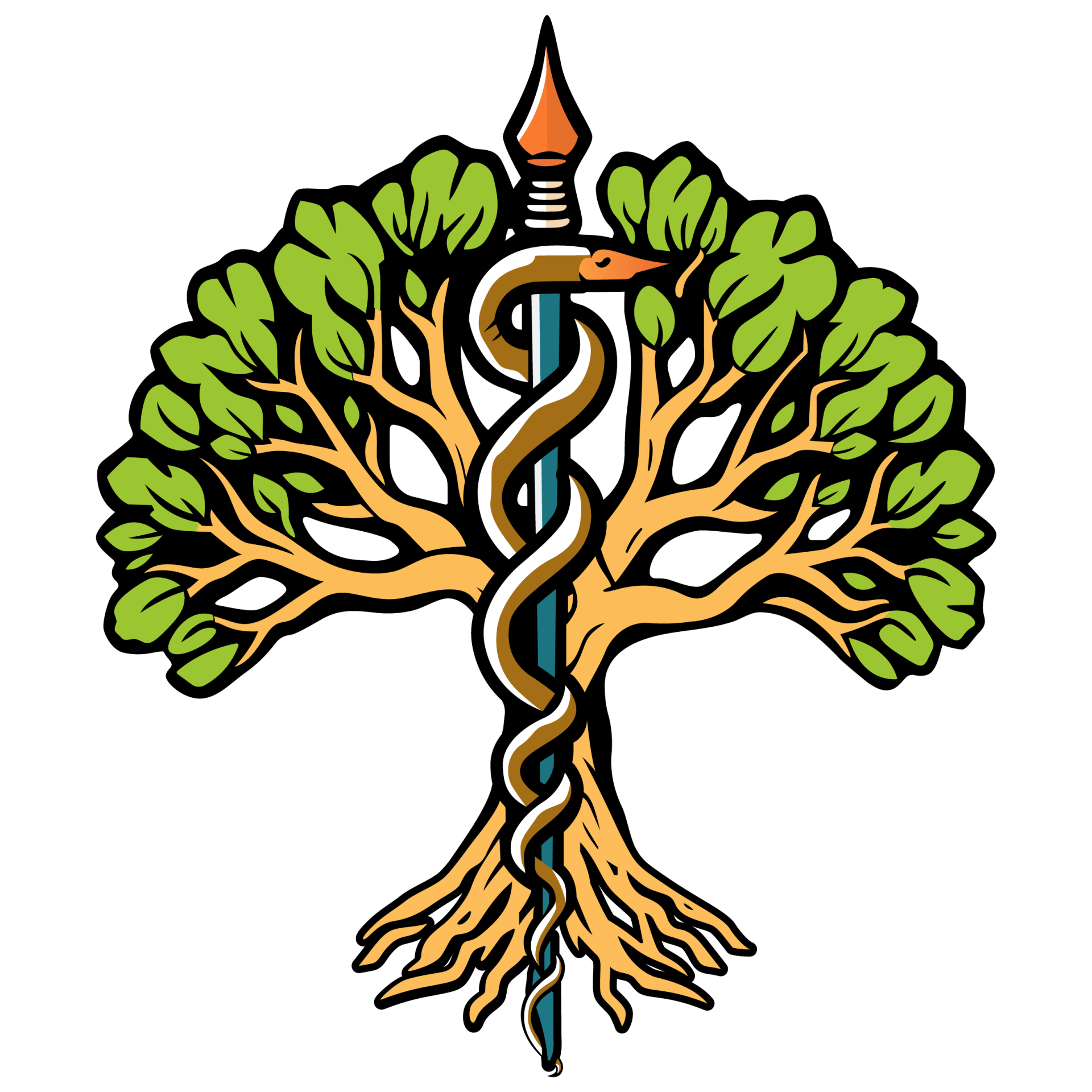
Ancillary Modalities
Personal Training & Nutrition/Fitness
I provide world-class personal training and nutrition services - click here to visit that Website.
Myotherapy
Developed by physical therapist Bonnie Pruden in 1976, myotherapy involves applying focused pressure onto specific points of the body. Myotherapists use massage and a variety of other techniques shared by physical therapists and osteopaths to release muscular tension and reduce pain. Myotherapy is term I use to describe the approach I employ to treat soft tissue pain and imbalances. This encompasses a variety of modalities including: Swedish, Myofascial Release, Structural Integration, Orthopedic and Sports Massage. I also will use ancillary modalities when called for which include: Dynamic Cupping, IASTM and Kinesiology Taping. Below you can read more about these techniques.
Trigger Point Therapy
This modality also referred to as neuromuscular therapy is a style of bodywork that focuses on stimulating and releasing points in your body. Trigger points are tender areas of tension similar to acupressure points, except they occur in the belly of the muscle rather than along the energy pathways of the body. These "knots" are built up throughout a person's life due to physical, mental, and/or emotional stress. During a session, focused pressure is applied through a variety of techniques order to release your trigger points. This process can be quite painful at times, yet the effects are lasting and profoundly transformative. Trigger points are places in the body that can cause pain to other areas of the body. For instance a trigger point on the hamstring might cause pain in the lower back. These trigger points are dissolved by applying direct pressure to the muscle for several seconds with either the hands, fingers, or elbows. Through several sessions of myotherapy, trigger points are eliminated, restoring full function and health to the body.
PNF
Proprioceptive Neuromuscular Facilitation (PNF) is a set of stretching techniques commonly used in clinical environments to enhance both active and passive range of motion in order to improve motor performance and aid rehabilitation.
Swedish Massage
The most widely recognized and commonly used category of massage is the Swedish Massage. The Swedish massage techniques vary from light to vigorous. Swedish massage uses five styles of strokes. The five basic strokes are effleurage (sliding or gliding), petrissage (kneading), tapotement (rhythmic tapping), friction (cross fiber or with the fibers) and vibration/shaking. Swedish massage has shown to be helpful in reducing pain, joint stiffness, and improving function in patients with osteoarthritis of the knee over a period of eight weeks. The development of Swedish massage is often inaccurately credited to Per Henrik Ling, though the Dutch practitioner Johann Georg Mezger applied the French terms to name the basic strokes. The term "Swedish" massage is actually only recognized in English and Dutch speaking countries, and in Hungary. Elsewhere the style is referred to as "classic massage."
Myofascial Release
This modality refers to the manual massage technique that claims to release adhered fascia and muscles with the goal of eliminating pain, increasing range of motion and equilibrioception. Myofascial release usually involves applying shear compression or tension in various directions, cross fiber friction or by skin rolling.
Structural Integration
Structural Integration's aim is to unwind the strain patterns residing in the body's myofascial system, restoring it to its natural balance, alignment, length, and ease. This is accomplished by deep, slow, fascial and myofascial manipulation, coupled with movement re-education. Various brands of Structural Integration are Rolfing, Hellerwork, Guild for Structural Integration, and Kinesis Myofascial Integration.
Dynamic Cupping
Dynamic Cupping, also known as Slide or Glide Cupping, produces the best outcomes of traditional Static Cupping but goes even further to produce lasting Myofascial Release. Dynamic Cupping effortlessly lifts and stretches tight muscles, adhesions and underlying fascia layers. It facilitates blood flow into areas that have poor perfusion of blood. This deep perfusion brings metabolic waste out into the surrounding tissue, eventually back into the venous blood circulatory system for eventual elimination through the Urinary System.
By pulling the cup in clinically specific directions, this hybrid form of Myofascial Release produces superior gains in soft tissue mobility and function. The net effect of combining vacuum forces with simultaneous dynamic myofascial release addresses a myriad of orthopedic and other clinical syndromes.
IASTM
IASTM - aka "Instrument Assisted Soft Tissue Mobilization" is a manual therapy that is performed with the use of stainless steel tools that break off adhesions in fascia and scar tissue to improve range of motion and decrease pain.
Kinesiology Taping
Kinesiology Taping - also called Kinesio tape, K-tape, or KT, is an elastic cotton strip with an acrylic adhesive that is used with the intent of treating pain and disability from athletic injuries and a variety of other physical disorders. In individuals with chronic musculoskeletal pain, research suggests that elastic taping may help relieve pain and decrease edema.